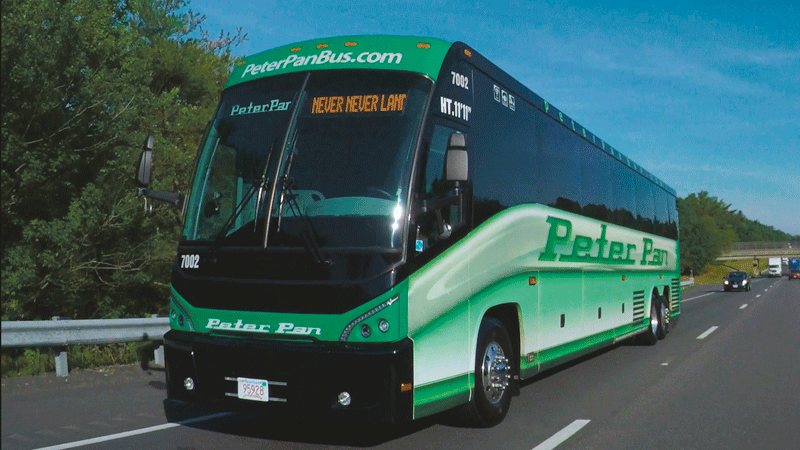Change Agent
Donna Haghighat has seen a number of titles on her business cards over the years — everything from ‘tax attorney’ to ‘grants manager’ to ‘founder and CEO’ — yes, she’s launched a few businesses of her own. A common denominator with most all those career stops has been a desire to work with women and girls to identify goals and opportunities and remove the barriers to realizing them. Call it a passion — one that has brought her to her latest business card, which reads ‘CEO, Women’s Fund of Western Mass.’
“She changed the world for women.”
That was the simple six-word response Donna Haghighat summoned, after a few moments of thought, when asked why she sought to become the next director of the Women’s Fund of Western Mass.
By way of explanation, she said this is a mantra of sorts that she lives by, but also something she would perhaps like people to say about her when her career is over — which won’t be for quite some time now.
She told BusinessWest that she took this position with the hope, and expectation, that she could better live up to that mantra — and, well, also make it more likely that people will be saying that about her.
In many ways, they already are.
Indeed, Haghighat (pronounced Ha-gi-gat) has spent most of her career in positions devoted largely or entirely to that mission of changing the world for women, in some way. Her résumé includes a stint as the chief Engagement & Advocacy officer for the Hartford Region YWCA, and another as founder and CEO of a “social entrepreneurial website,” as she called it, called shoptimize.org, which featured products from emerging women entrepreneurs. Her background also includes work as the grants and programs manager for the Women’s Advancement Initiative at the University of Hartford and as executive director of the Aurora Women & Girls Foundation in Hartford.
She started out as a tax attorney and served for two years earlier this decade as the chief development officer for the Hartford Public Library, but assisting women and girls has been her real passion.
“Even when I wasn’t working professionally in women’s funding, I’ve always done that on an individual level even when I couldn’t do it on an organizational level,” she explained. “So for me, when this opportunity presented itself — one that would allow me to work at an organizational level to really bring about bigger change and mobilize the collective resources of women and their allies — it was really a no-brainer.”
She said she came to the Women’s Fund primarily because two of its main focal points — awarding grants to agencies and programs focused on assisting women and girls and developing programming on women’s issues and leadership — also happen to be her two main focal points.
With the former, she’ll strive to “strengthen the strategy concerning our grant making,” as she put it, meaning a more concerted effort to identify specific issues the grants are intended to address.
And with the latter, she is intrigued by both the prospect of building upon existing initiatives, such as the hugely successful Leadership Institute of Political and Public Impact (LIPPI) program, and new undertakings, such as the Young Women’s Springfield Initiative (YWSI), which features young women leaders working together with adult mentors to create a roadmap for their collective futures.
“I like that we’re able to do both grant making and on-the-ground programming as well,” she explained. “We’re helping women and girls in Massachusetts right now, and also building for the future in terms of shaping future leaders.”
When asked what was on her to-do list for the Women’s Fund, she started by talking about the organization’s mailing address. At the moment — and for the foreseeable future, it is 276 Bridge St. in Springfield, a strategic location chosen by the previous administration to address another item on Haghighat’s list — creating more visibility for the organization.
But that’s the address of the new Innovation Center in Springfield, an ambitious project led by DevelopSpringfield, MassDevelopment, and other partners that is currently in a holding pattern (construction work ground to a halt in May) amid funding problems and a now a lawsuit filed by the general contractor over non-payment for services and materials.
Haghighat, who started on Sept. 1, said the Women’s Fund is a tenant in the Innovation Center and has no control over the fate of the project. So while she watches as those issues play themselves out, she’ll focus on what she can control, specifically the programming and grant awarding she mentioned, efforts that should be boosted by another new addition at the agency.
That’s Christine Monska, who has joined the Women’s Fund as program officer for Leadership Programs, and in that position will play a lead role in administering the Young Women’s Initiative as well as other programs.
Overall, Haghighat said the broad goal for all members of her team is to make the Women’s Fund a greater resource and a stronger vehicle for positive change for girls and women across the region.
For this issue, BusinessWest talked at length with her about what brought her to the Women’s Fund and also about where she wants to take this organization that lives by the same mantra she does.
Seizing an Opportunity
Haghighat said she became aware of the position at the Women’s Fund in a roundabout fashion, but one that speaks to how her skill set matches what the agency was looking for its next leader.
She had recently launched a consulting firm called Collabyrinth Collective, LLC, one that provided guidance to small businesses and nonprofits in realms ranging from marketing and fund-raising to diversity and inclusion.
Fast-forwarding a little, she said she reached out to friend and former Trinity College classmate Patricia Canavan, president of United Personnel, about her new venture, and in turn, Canavan asked her if she would ever consider taking on interim CEO opportunities.
They would eventually go on to discuss one such opportunity at length, one that didn’t pan out due mostly to issues of timing (Haghighat had a lengthy trip to China already on the calendar). But not long thereafter, the discussion would take a much different, rather serendipitous tone, because Canavan would be assigned the task of chairing the search committee charged with choosing a successor to outgoing Women’s Fund CEO Elizabeth Barajas-Román.
“She [Canavan] was reminded that I had considerable women’s funding experience,” Haghighat went on, adding that while she wasn’t exactly looking for a new opportunity and was enjoying her consulting work, the Women’s Fund of Western Mass. intrigued her on a number of levels.
Specifically, the WFWM position offered an opportunity to take experiences from several previous career stops involving women, fund-raising, and both, and apply them at an organization that is clearly in growth mode and developing new ways to carry out its multi-faceted mission.
Such as the YWSI, an initiative that has enormous promise on a number of levels, said Haghighat.
Elaborating, she said the Women’s Fund of Western Mass. is part of a coalition of eight women’s foundations across the country (the others are in Birmingham, Dallas, Los Angeles, Memphis, New York City, Washington, D.C., and the state of Minnesota) taking part in the Young Women’s Initiative.
In Springfield, the program will kick off Oct. 18 at UMass Center at Springfield, an event designed to highlight some of the key issues facing girls and women in the Commonwealth’s third-largest city and what the Women’s Advisory Council (YWAC) plans to do about them.
The program was inspired by an effort in New York City launched by an organization called Girls for Gender Equity, funded by the New York Women’s Foundation, Haghighat explained, adding that the Women’s Funding Network, of which the WFWM is a member, saw great potential in the initiative, which led to the pilot programs launched in those eight areas.
Here’s how it works. Girls and women from Springfield — meaning they are from the City of Homes if not necessarily living there now (they may be away at college, for example) — are eligible to participate in the program, which enlists them to both identify concerns and learn how positive change can come about.
“Through these young women, the program helps identify the concerns and the barriers that these women are seeing in their own lives,” she explained. “And then it will teach them about what public policy is all about and how they can affect public policy by looking at the issues affecting them and pushing for change.”
YWSI will partner the Women’s Fund with the city of Springfield, she went on, adding that funding for the initiative has been secured from MassMutual. It will focus primarily, but not exclusively, on girls and women of color, and will invite a number of stakeholders to be part of the process of initiating change and progress.
“Here’s an opportunity for young people to be at the center of efforts to try to change some of the things that are impeding their own progress and keeping them from reaching their full potential,” she went on, before motioning to the words written on large sheets of paper affixed to the walls outside her office.
Those words were some of the collective thoughts gathered at a host of so-called ‘listening tours’ staged in the run-up to the start of the program.
The girls and women gathered for those tours listed a broad array of interests (a list that including everything from fashion to arts to ‘daydreaming’) as well as concerns, barriers, supporters, and more, she said, adding that the collected thoughts serve as a form of preliminary database as the project gets underway.
“We’re learning a lot about what young women in Springfield see as both their opportunities and challenges,” she said. “And that’s going to help us inform our curriculum.”
The participating girls and women (Haghighat is expecting between 20 and 30 of them) will meet at least monthly between now and the spring.
While launching YWSI, Haghighat and her team will address a host of other issues on her growing to-do list.
Included on that list are bringing on two new staff members (Monska and an intern tasked with working on the YWSI program) and “having the team coalesce under my leadership,” as Haghighat put it, as well as work to finesse a recently drafted strategic plan.
Also on the list are increasing visibility for the Women’s Fund as well as staging more events like the LIPPI alumni gathering recently held in Shelburne Falls.
And for Haghighat personally, after spending the bulk of her career working in and around Hartford, she plans to work hard at becoming more familiar with this region, its institutions, its resources, and potential partners moving forward.
Impact Statement
Asked to look ahead to next spring and, more specifically, toward what she hopes and expects participants in the YWSI program to come away from that effort with, Haghighat offered thoughts that reflected not only on that initiative, but also what has become her life’s work.
“I want to have these young people walk away having a clearer sense of what their own challenges and opportunities are,” she said, “as well as an understanding of how policies work and how they can speak up and either join other groups or create their own groups to effect change that will remove barriers and hopefully amplify the opportunities they have so that not only them but also other young women can benefit.”
The wording varies, but that’s essentially the mission of every agency or business she’s ever worked for, including her own consulting company.
It’s about changing the world for women — for the better. That’s a mantra, but it’s also a career, one that has brought Haghighat to Springfield and the Women’s Fund.
Where she will take the organization remains to be seen, but the goal is clear: to broaden its impact and make it even more of a change agent.
George O’Brien can be reached at [email protected]







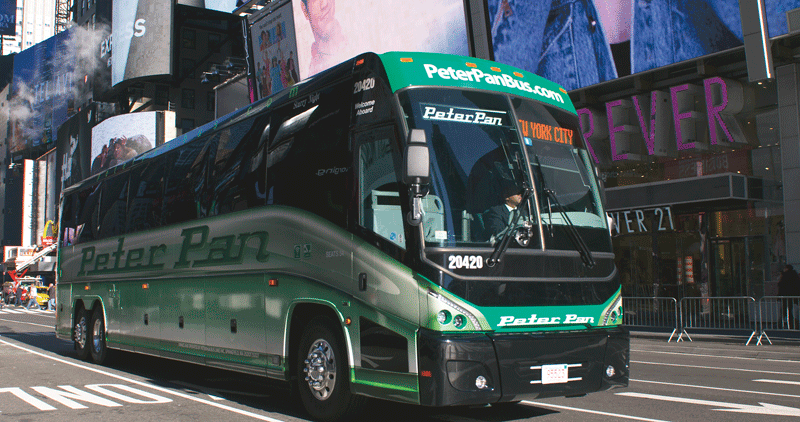

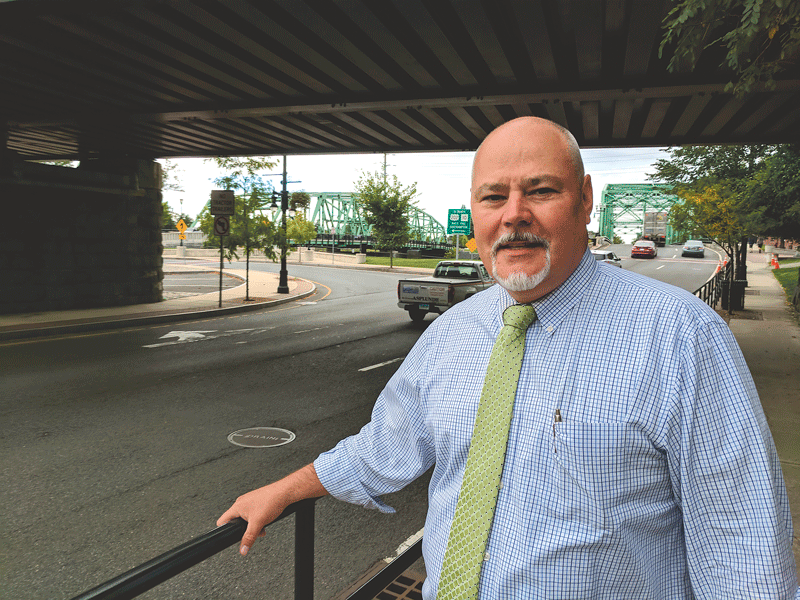

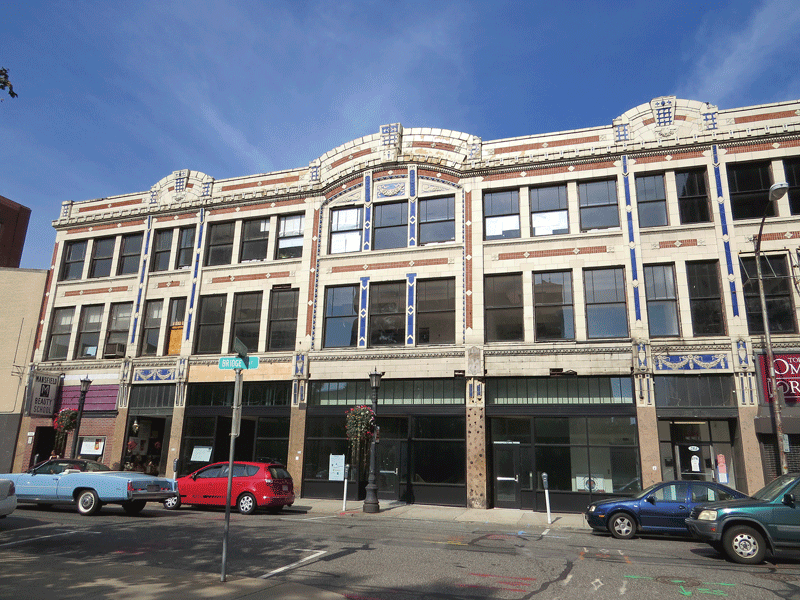





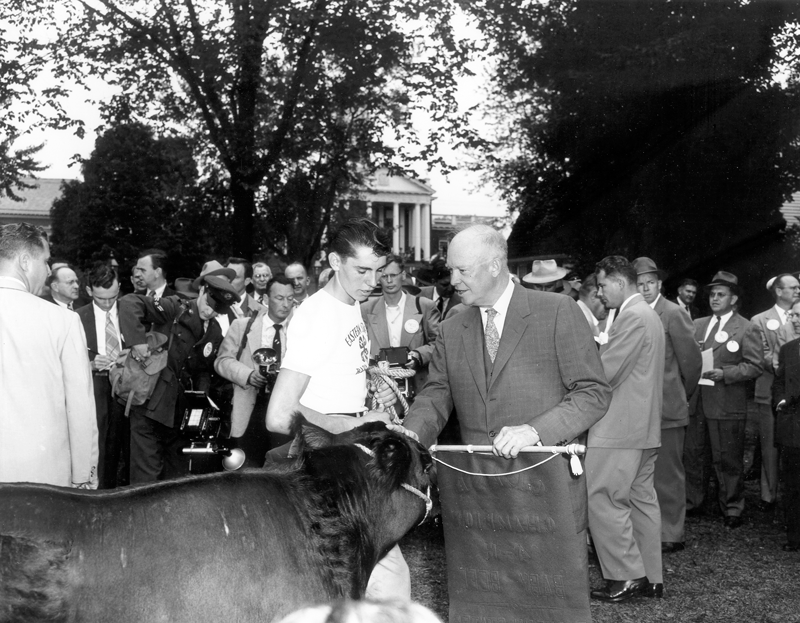

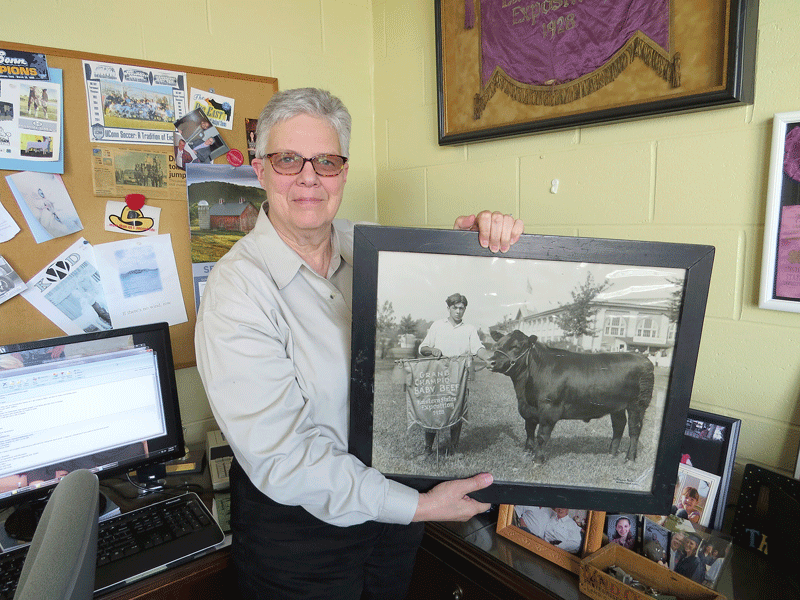
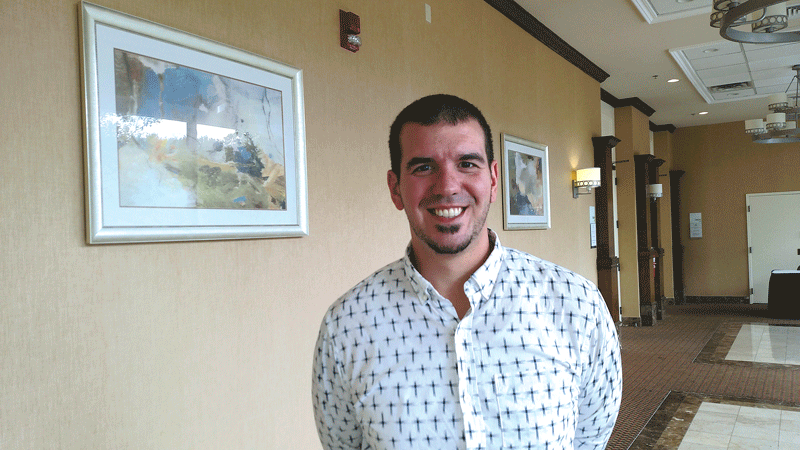







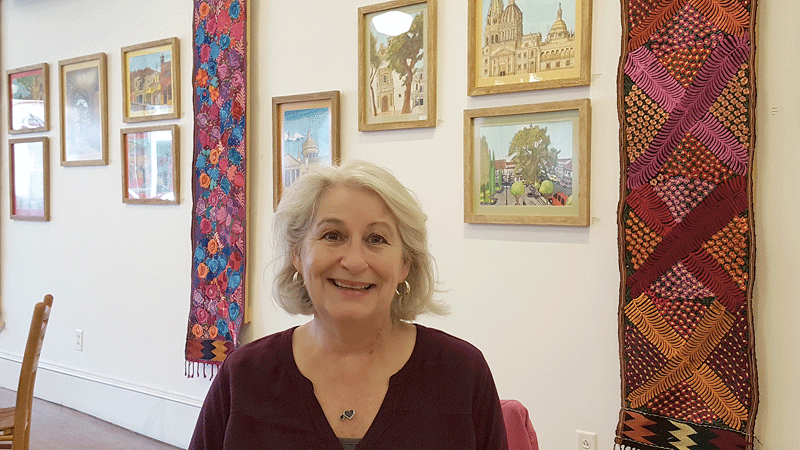
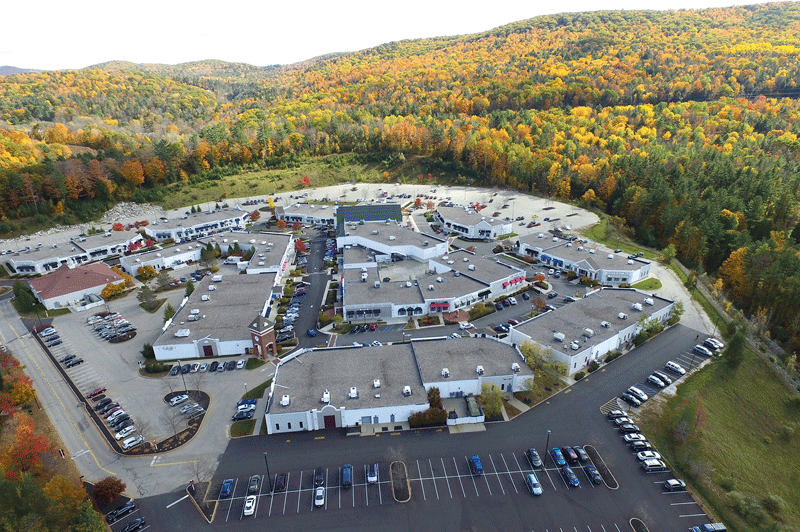



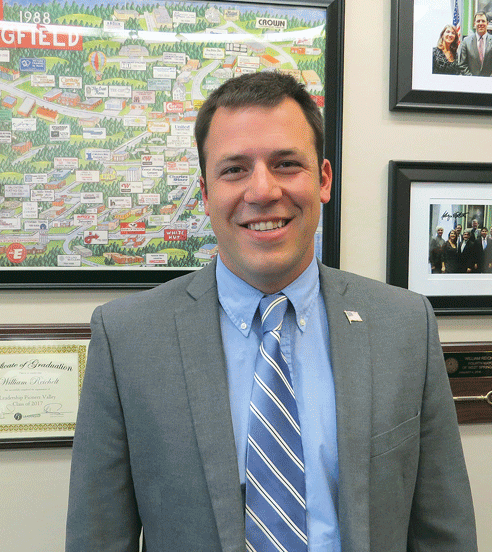
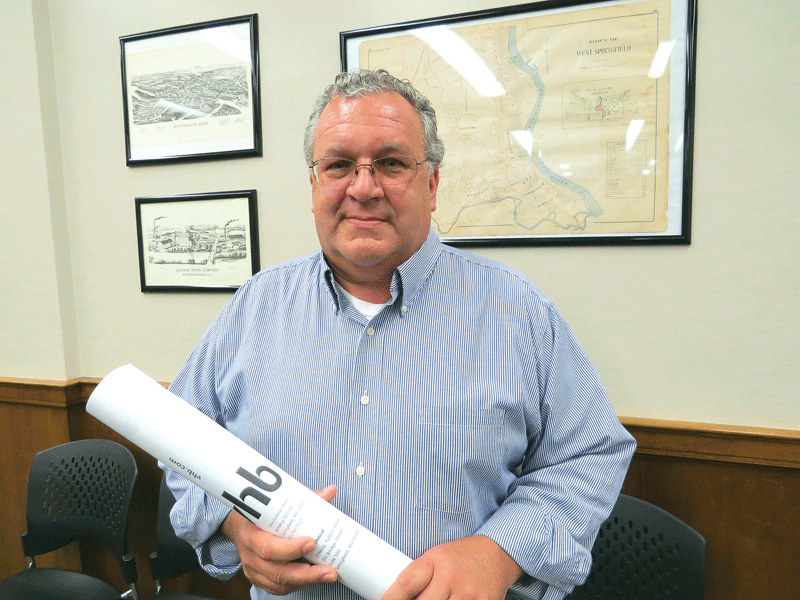
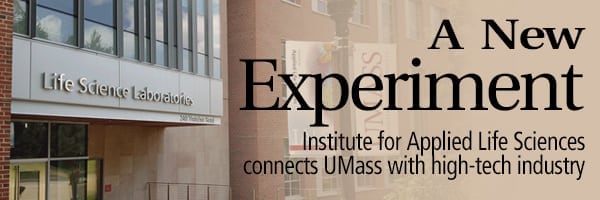
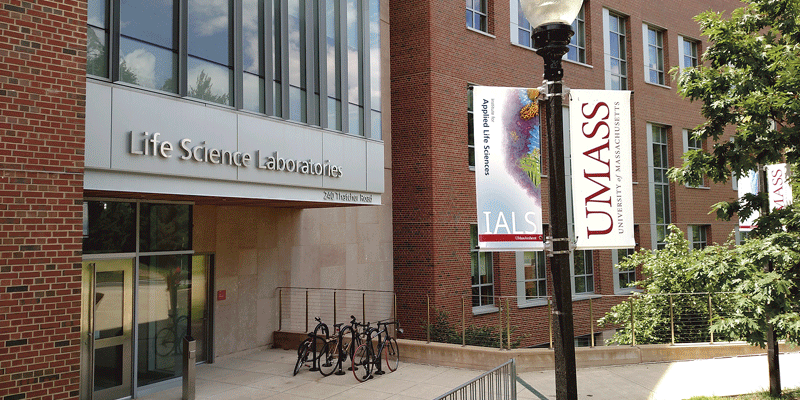 Peter Reinhart, director of the Institute for
Peter Reinhart, director of the Institute for 
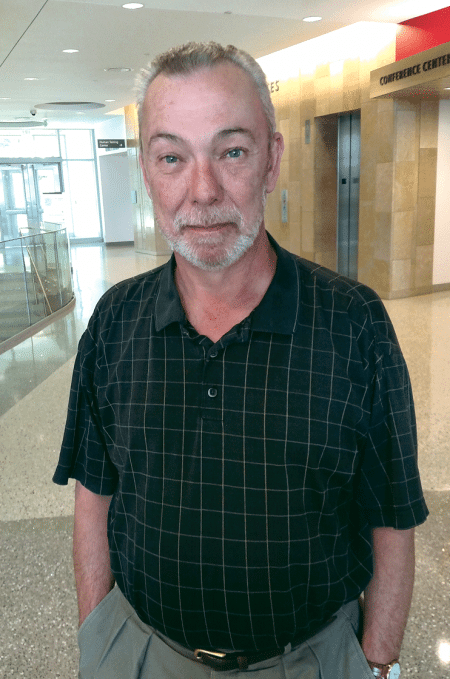

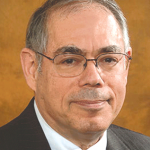
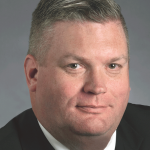

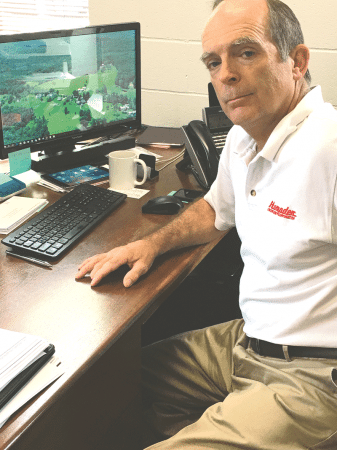
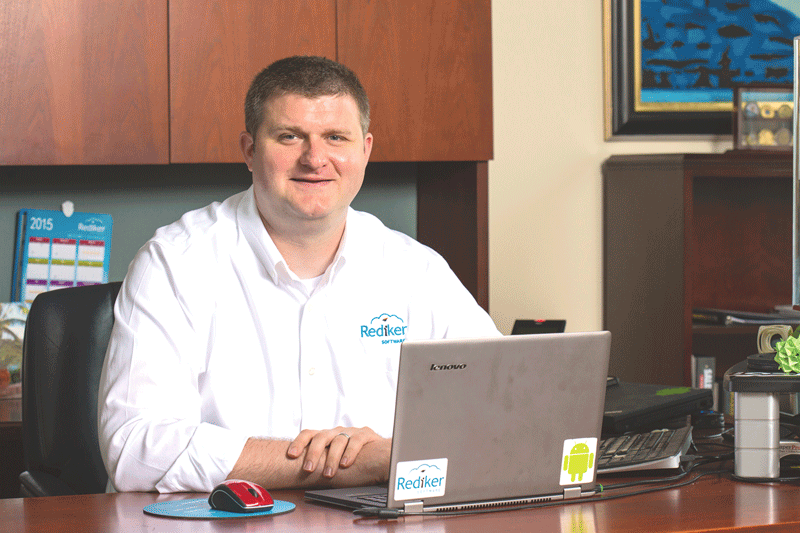
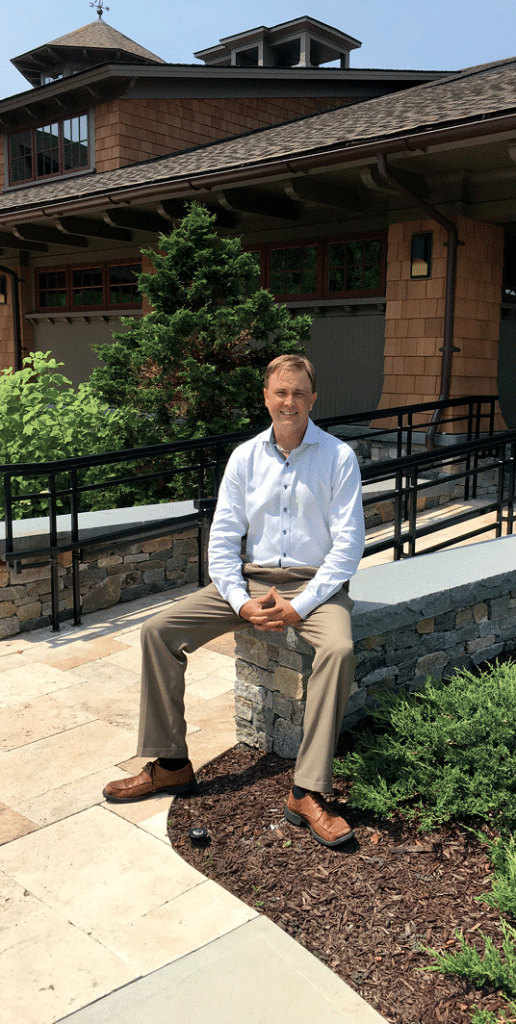




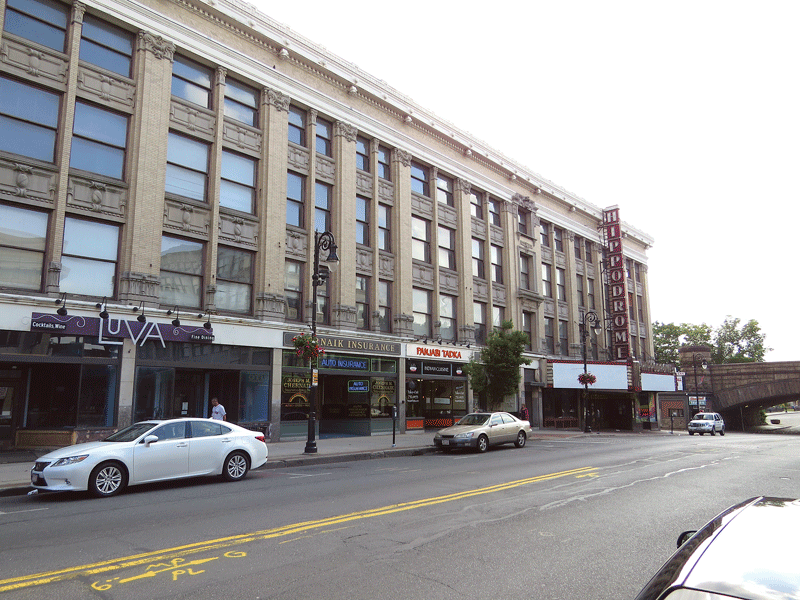



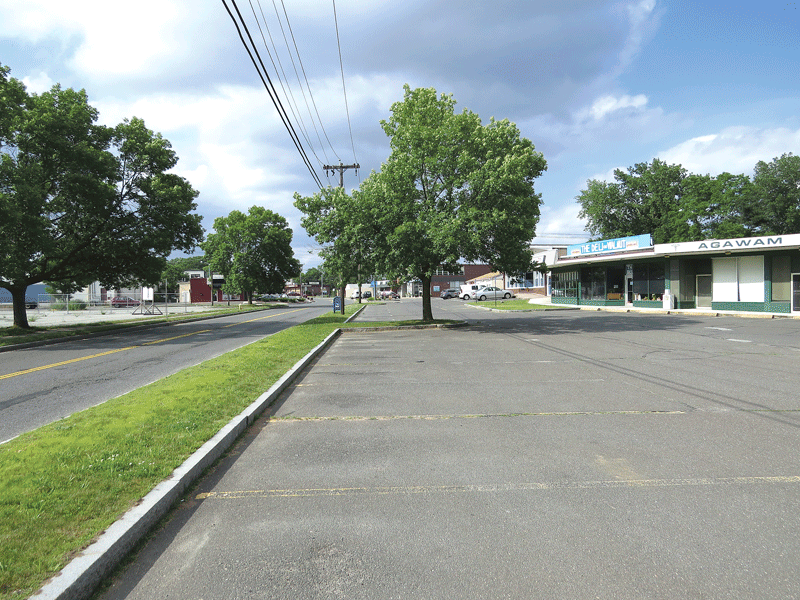
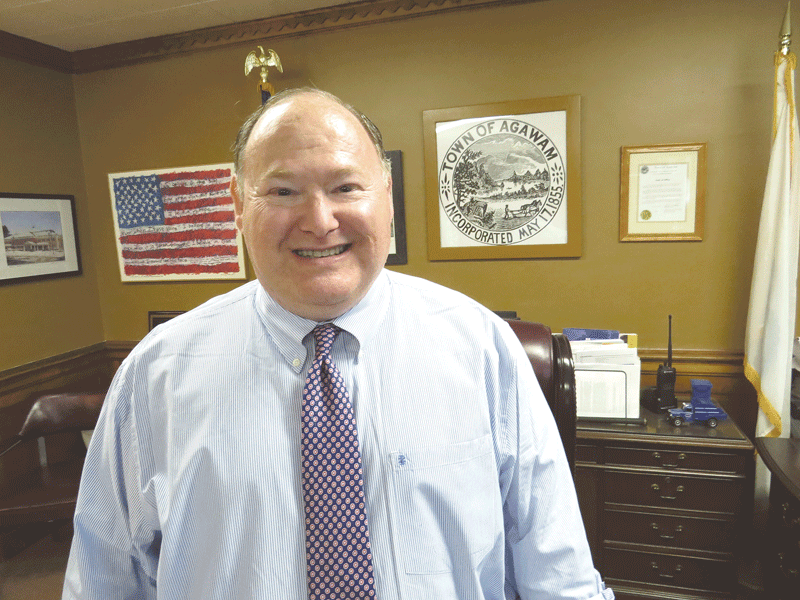

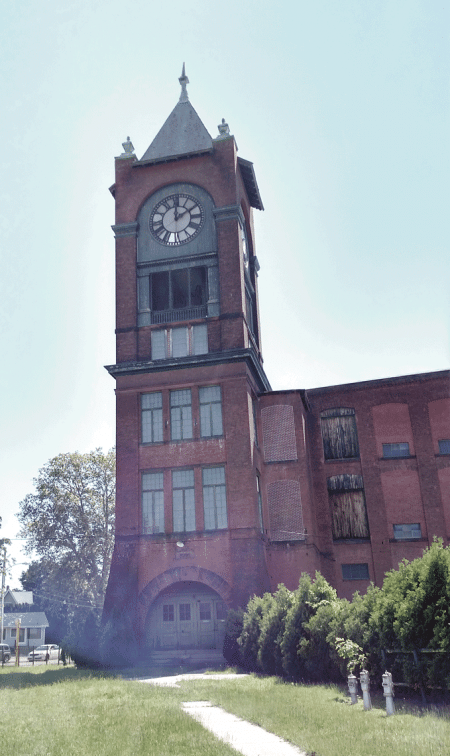









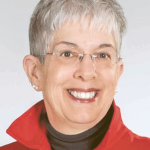



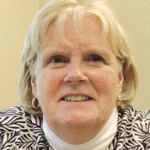
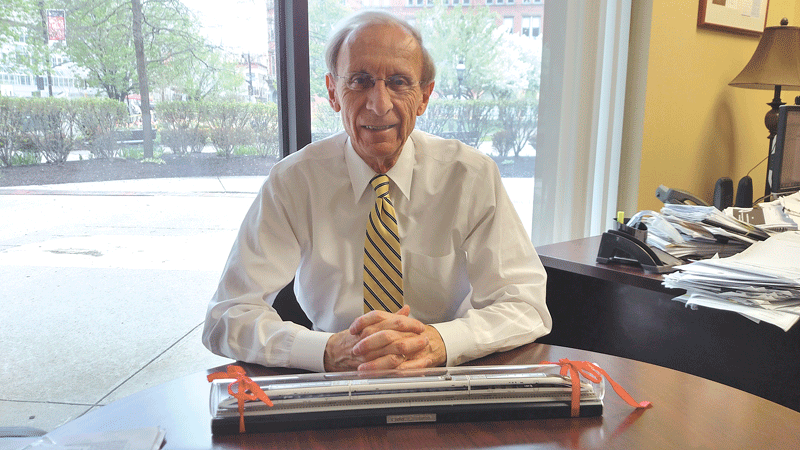




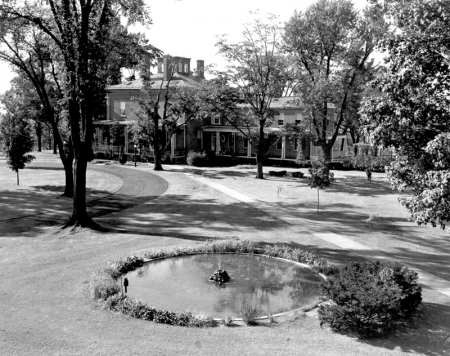
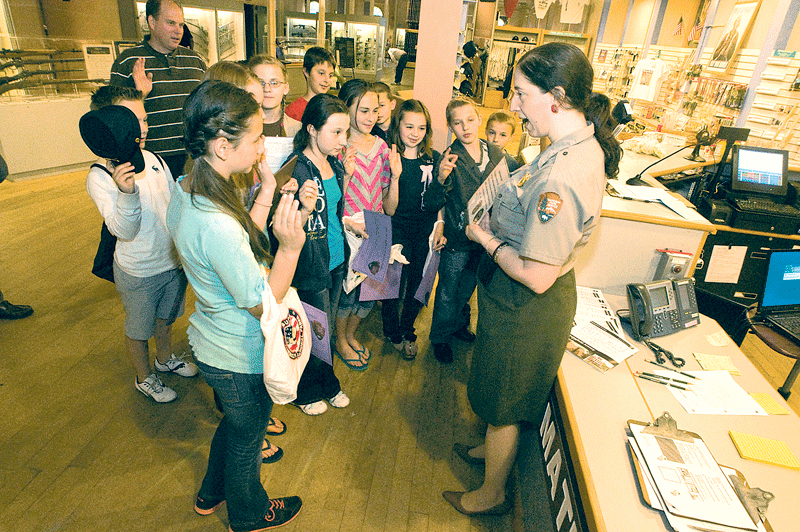
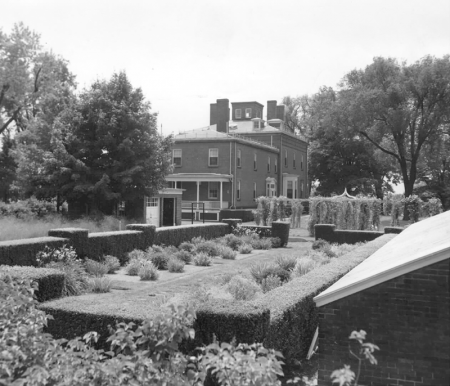
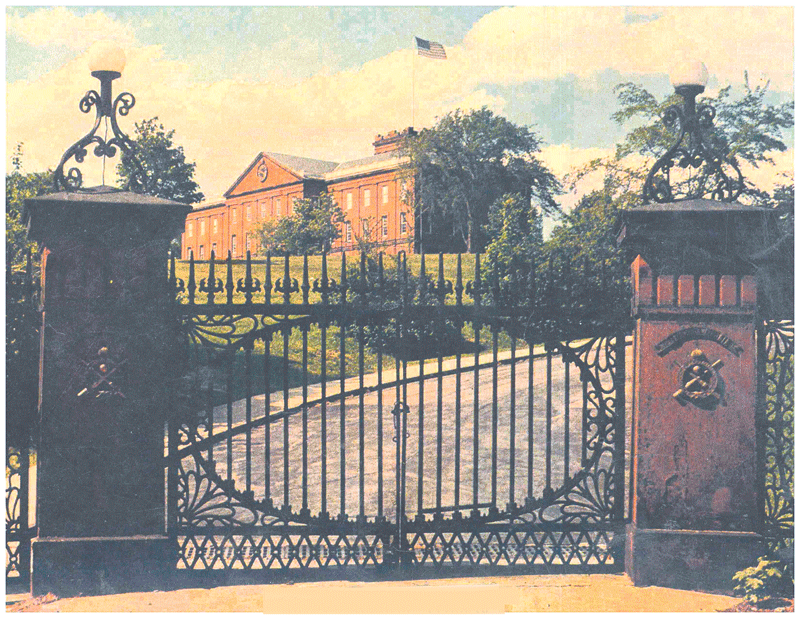

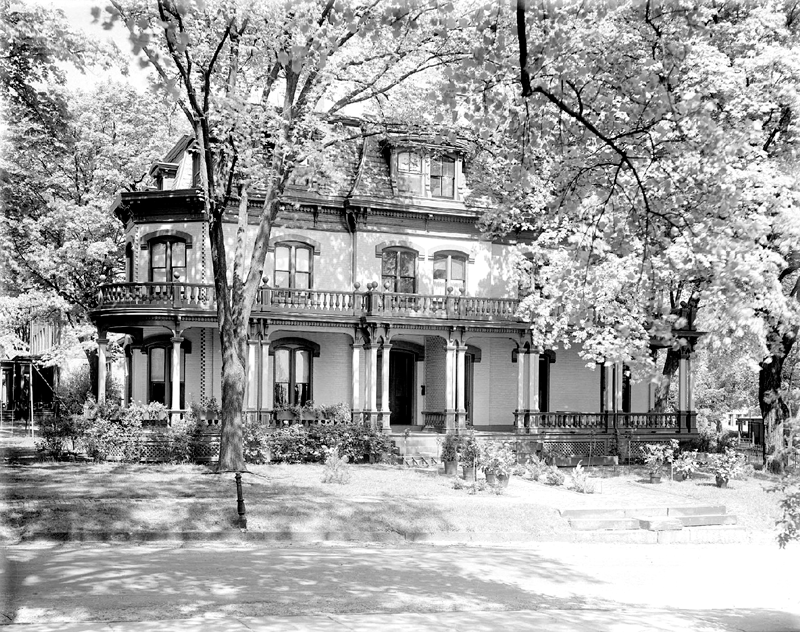
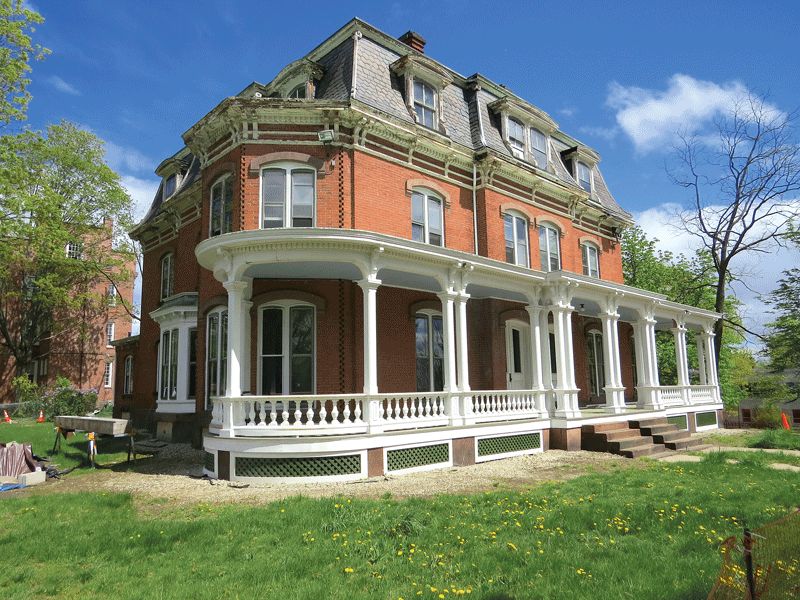
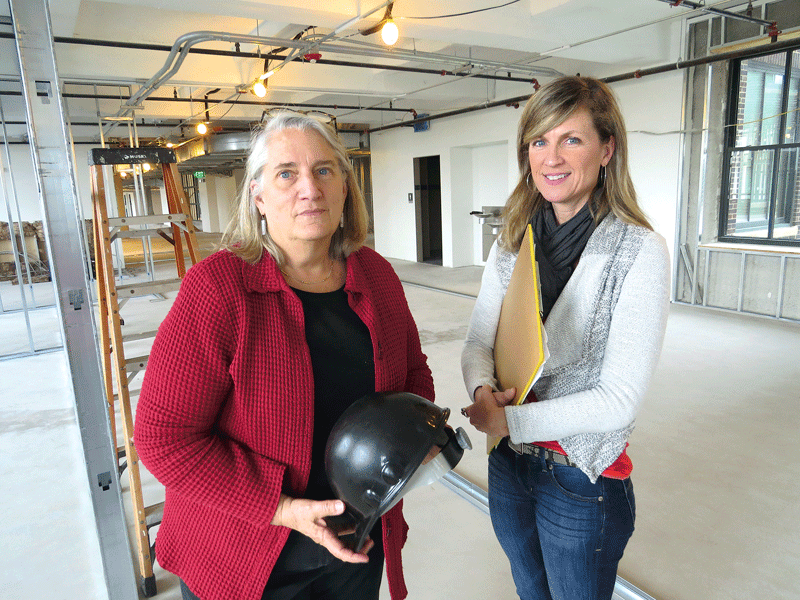
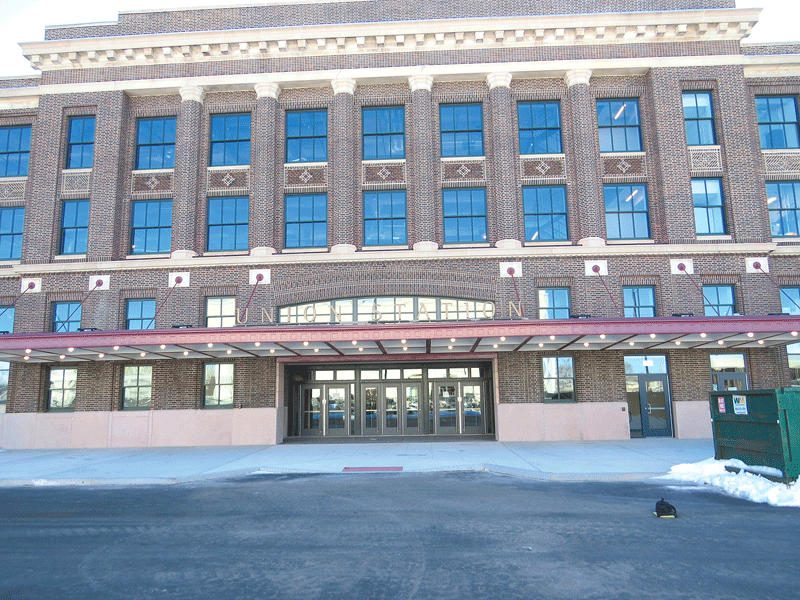
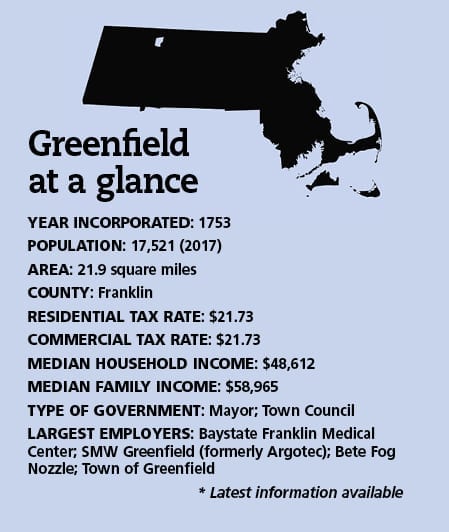




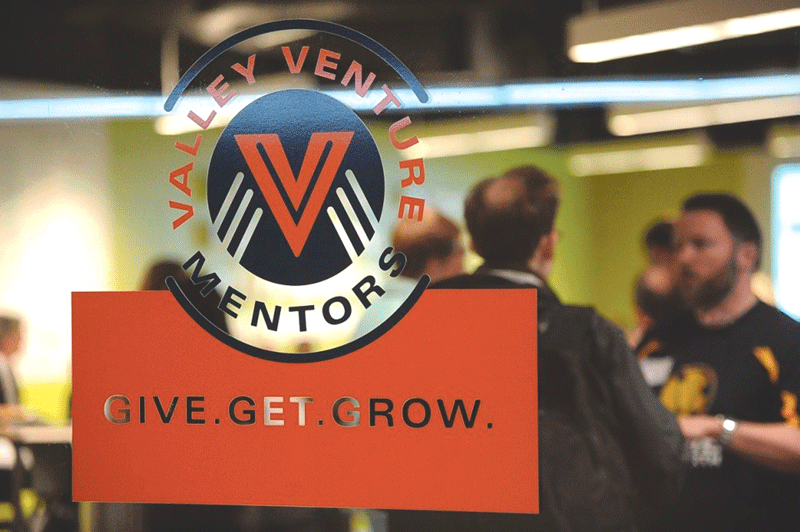
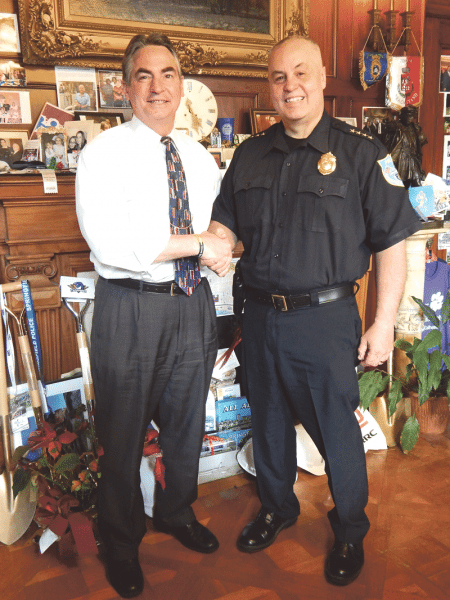
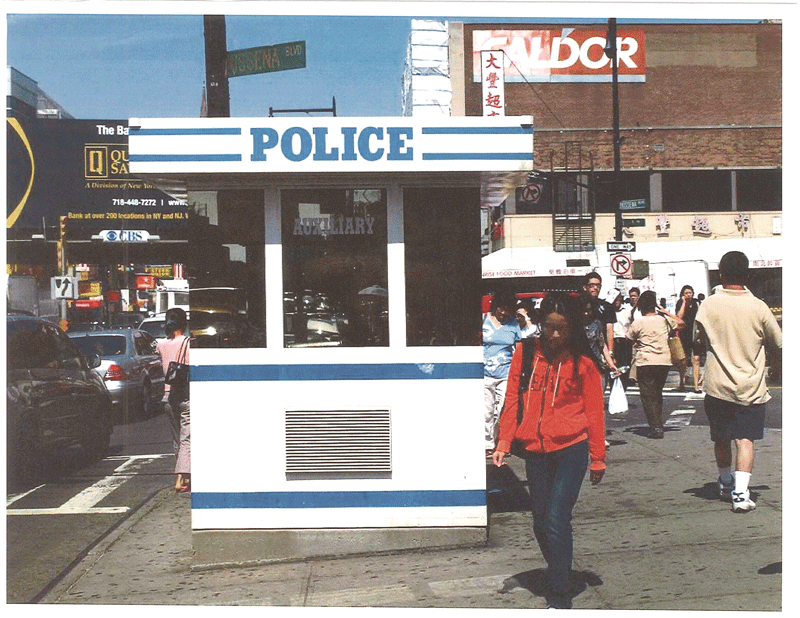

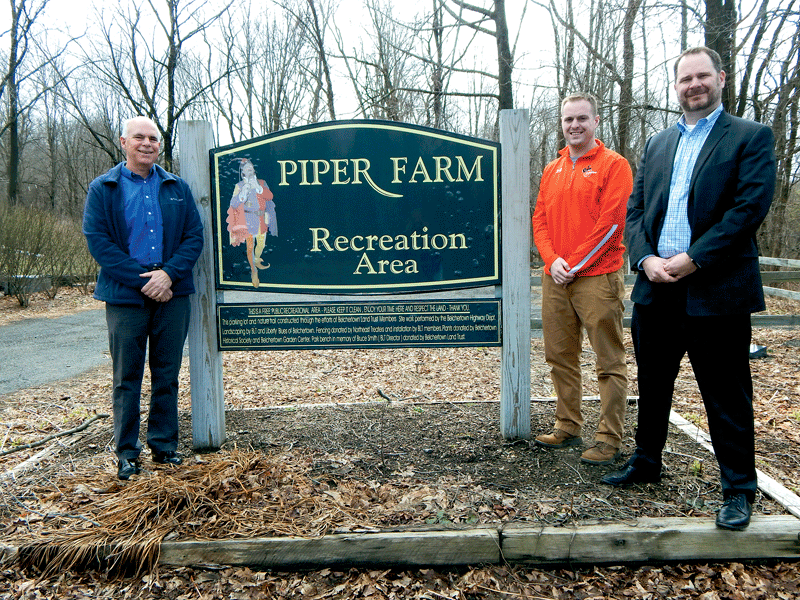
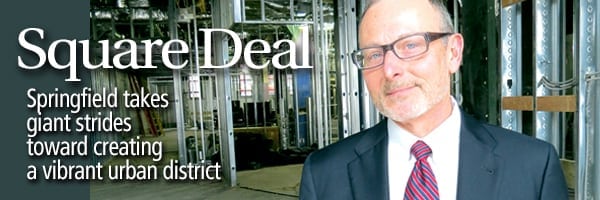
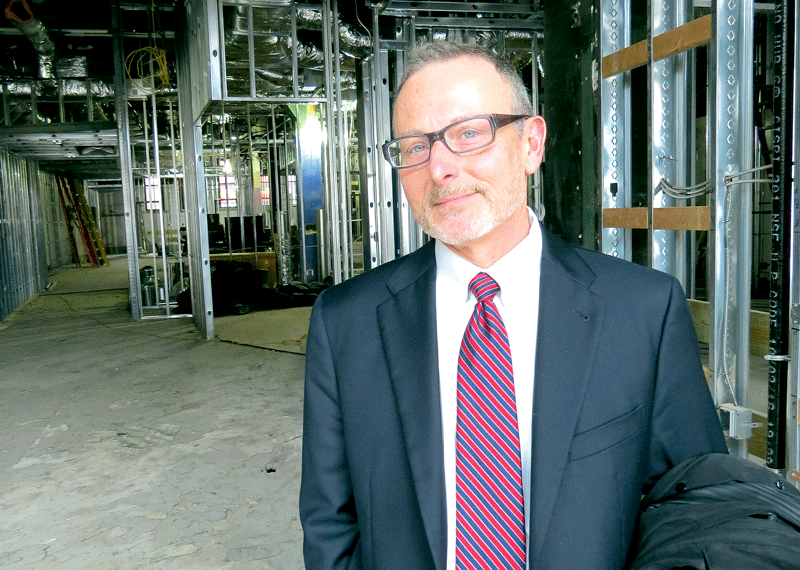

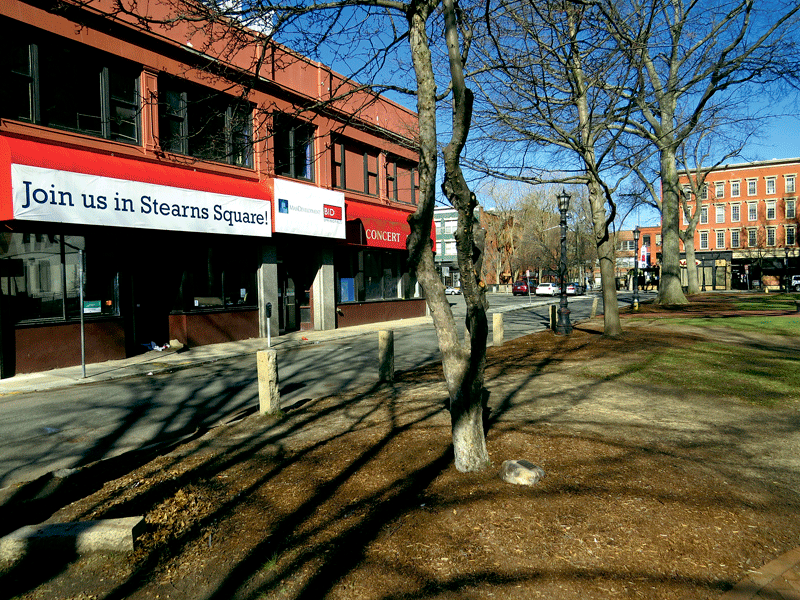

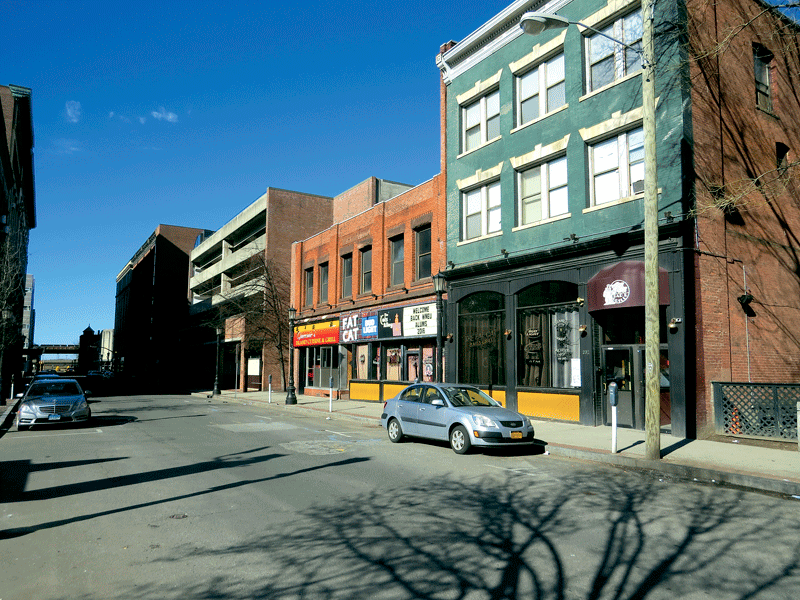


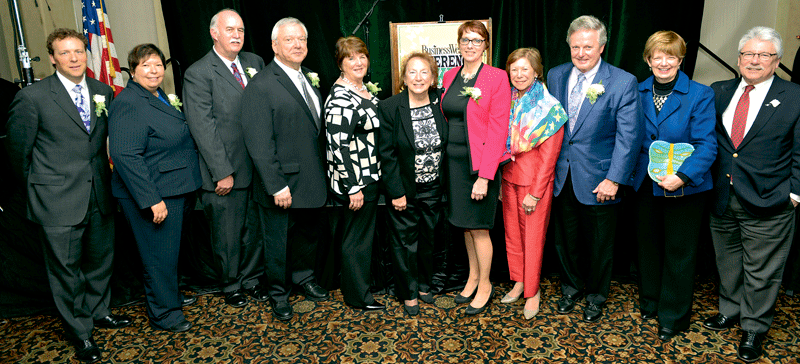





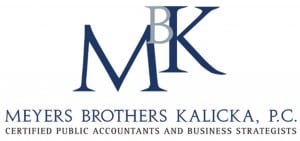




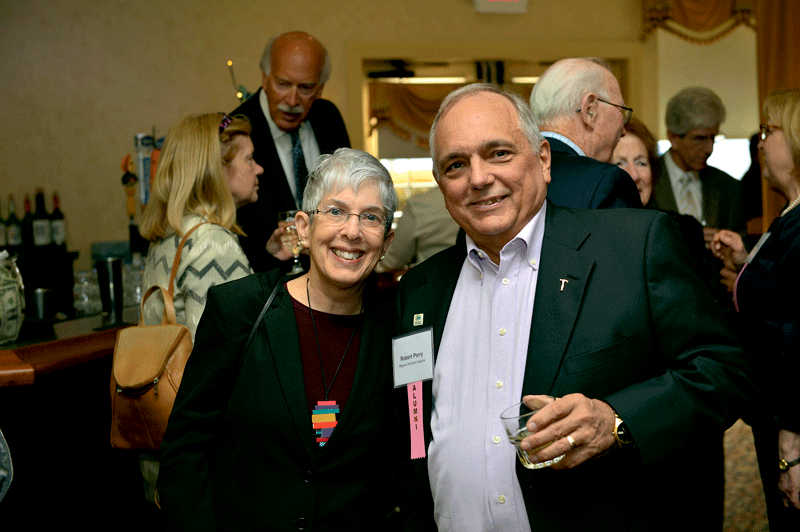

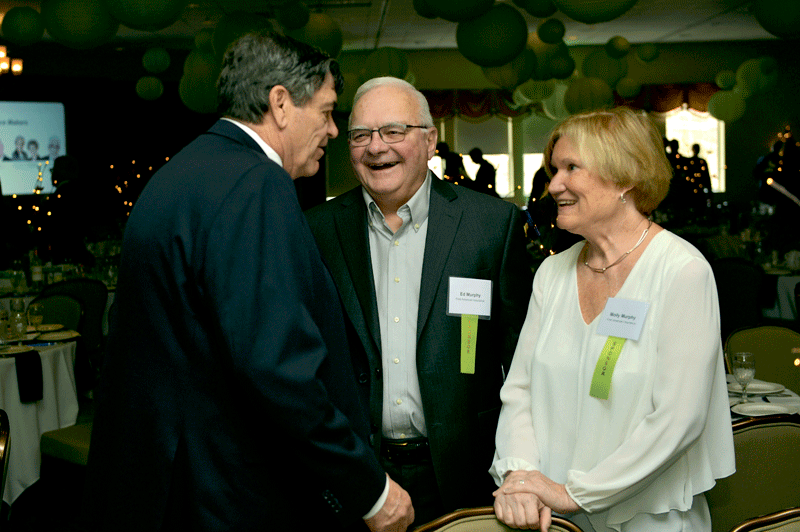

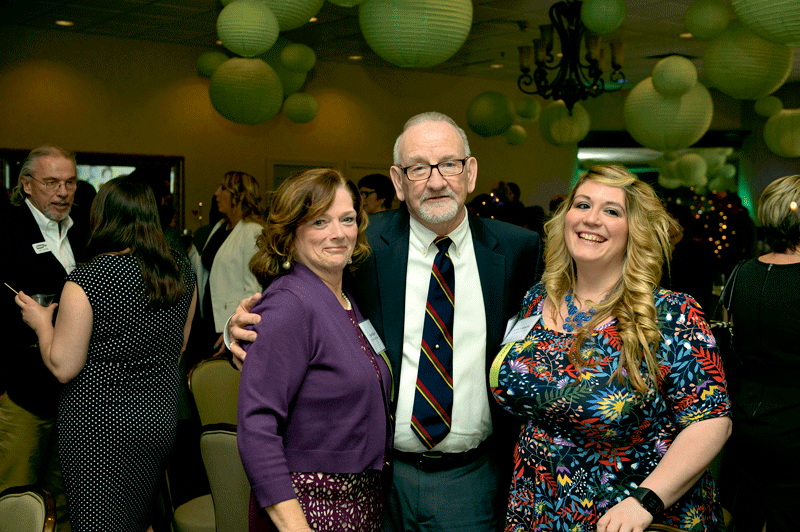
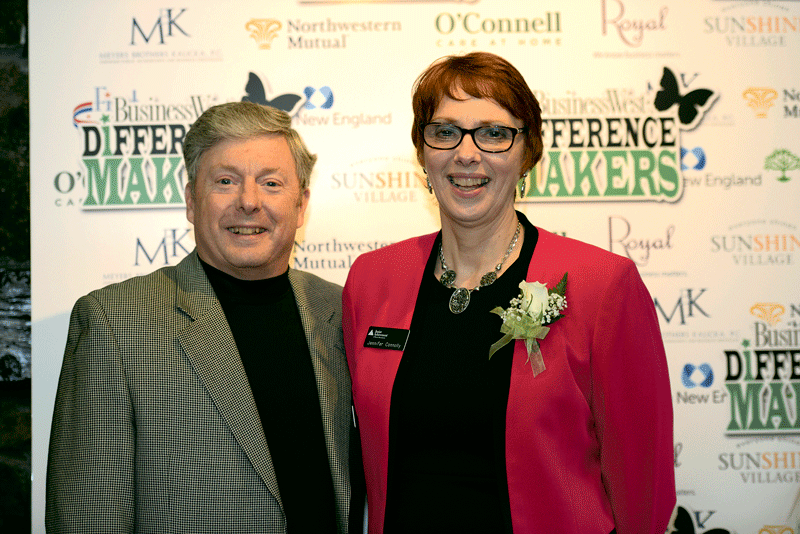
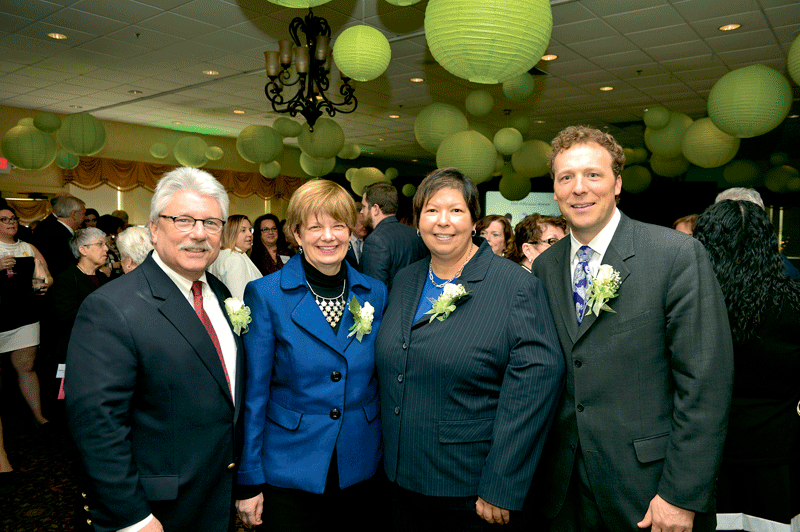


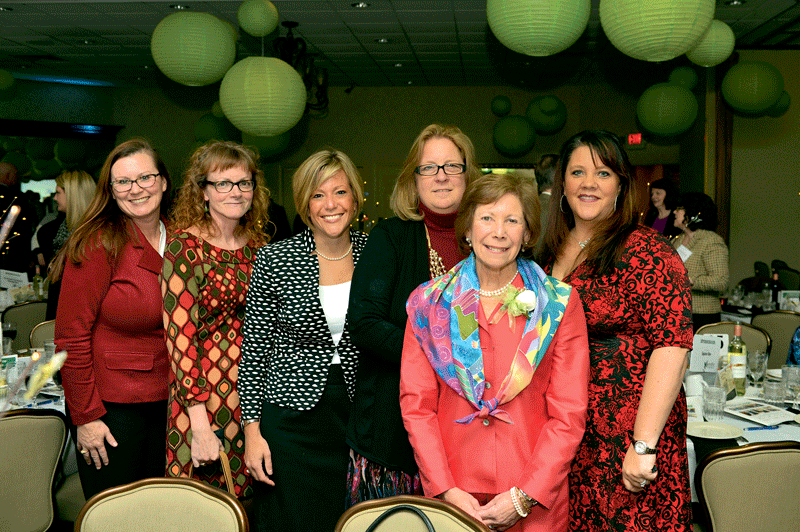
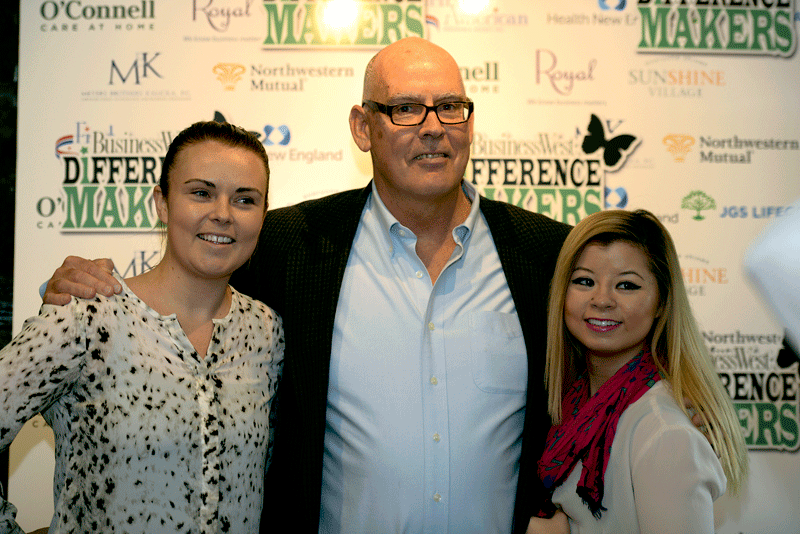
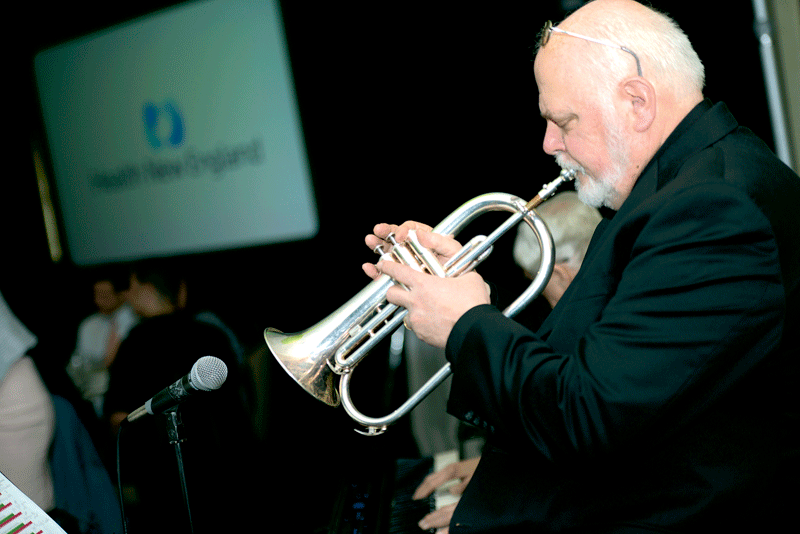
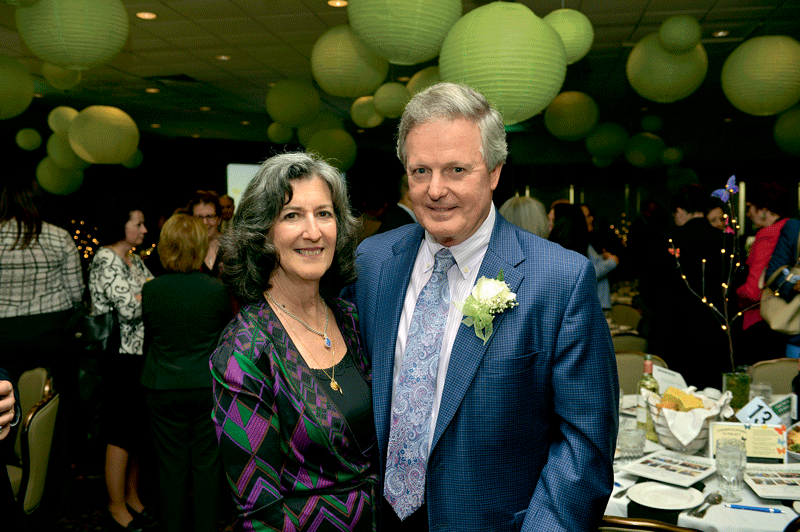
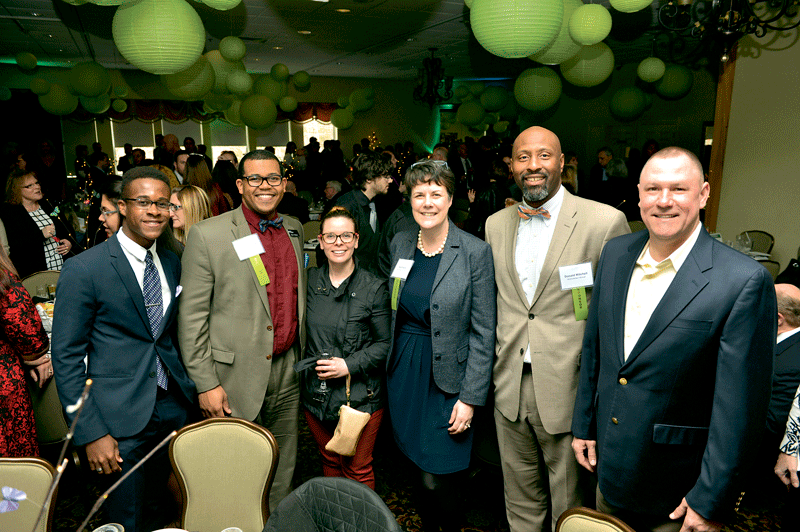
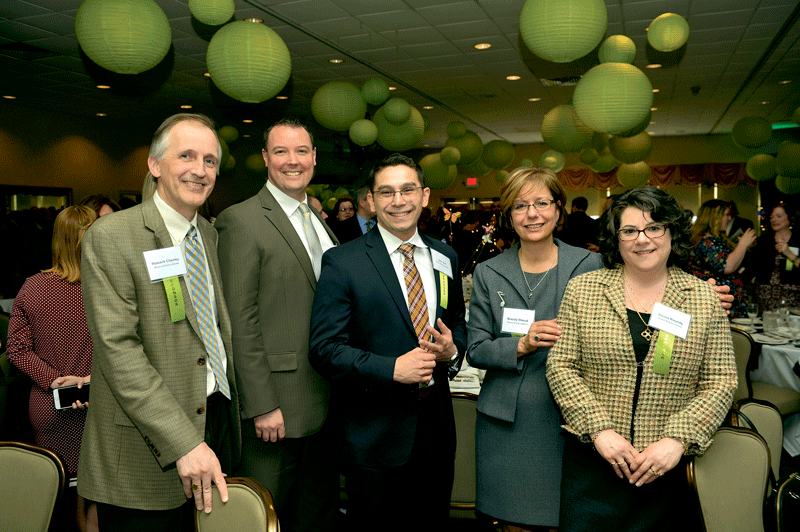
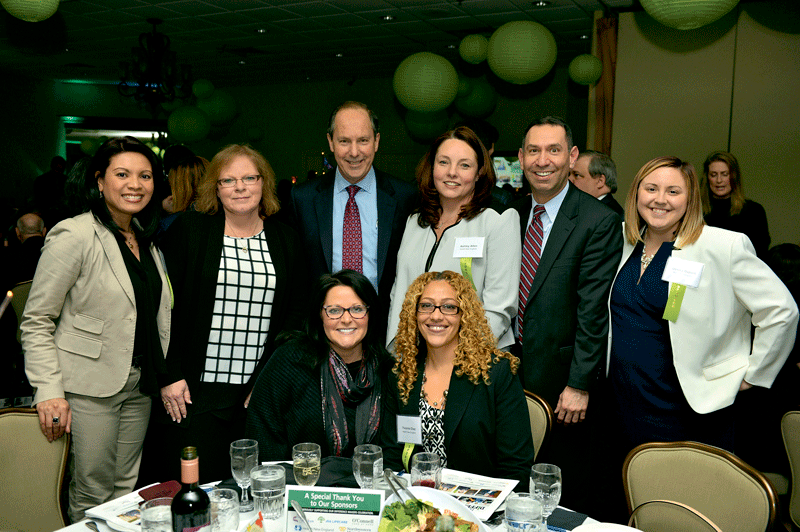
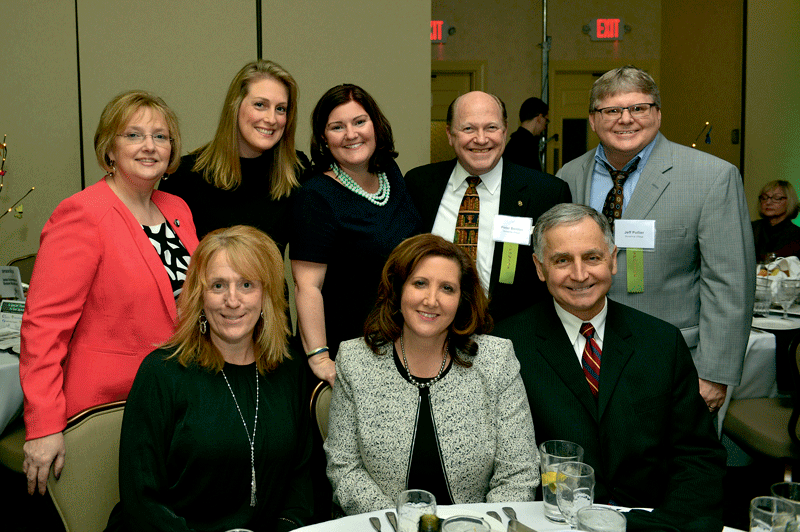
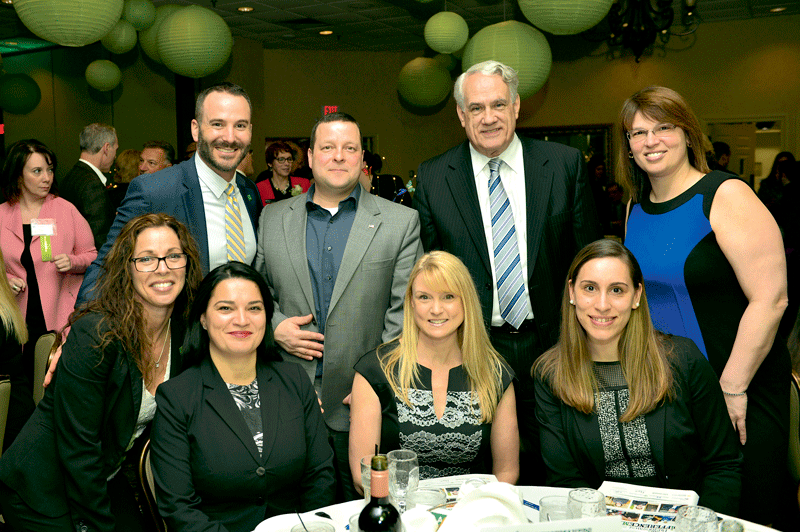
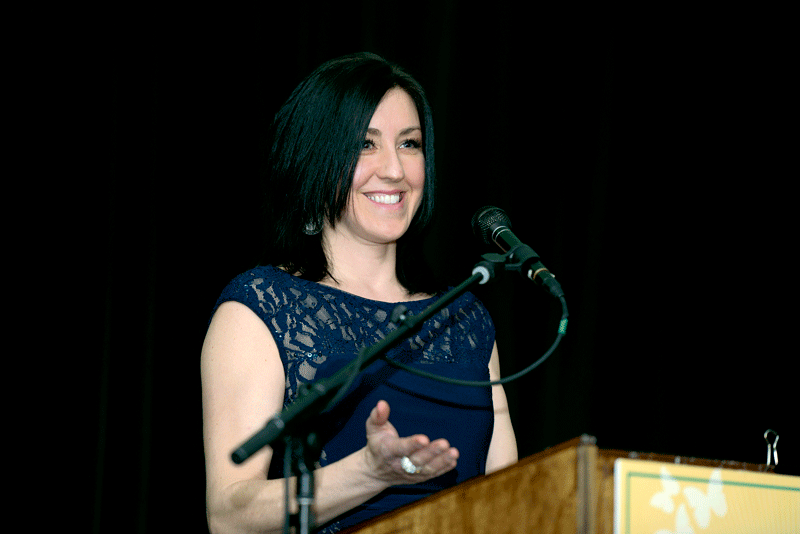

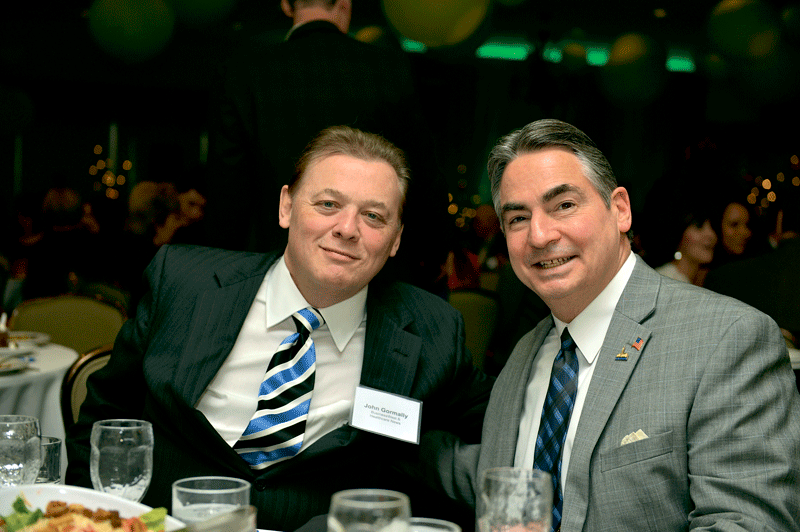

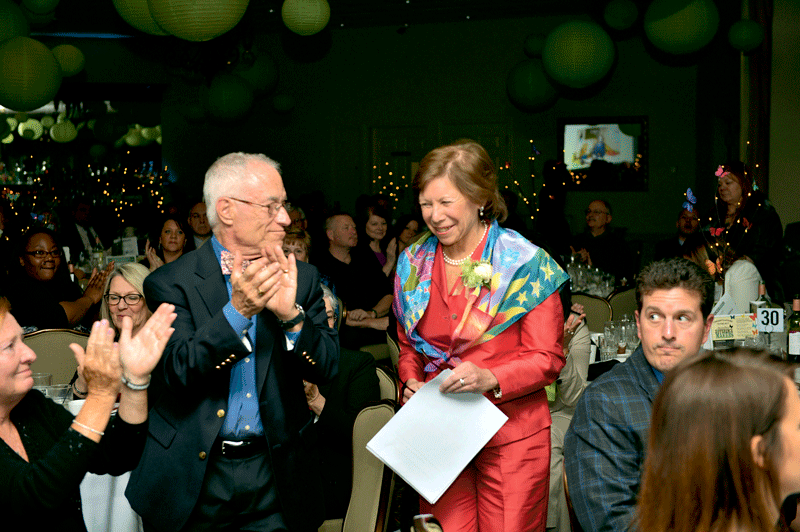






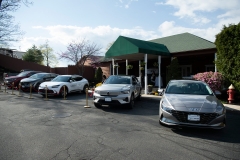


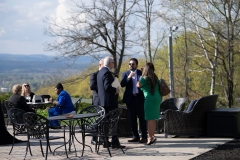
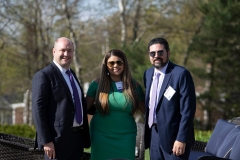

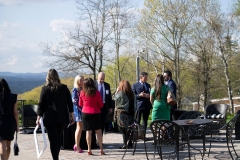

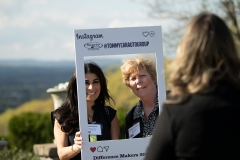
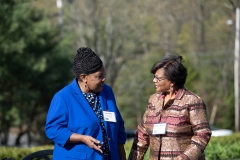
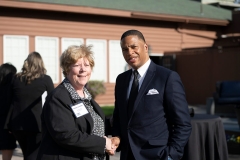
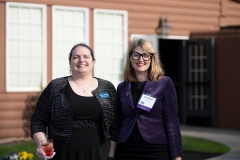
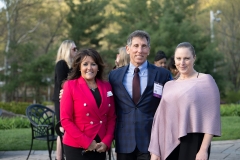
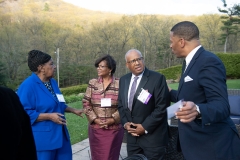
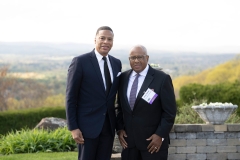


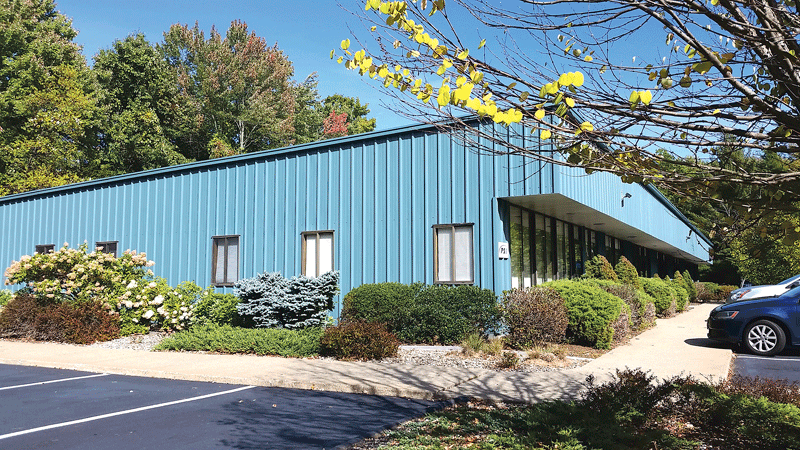


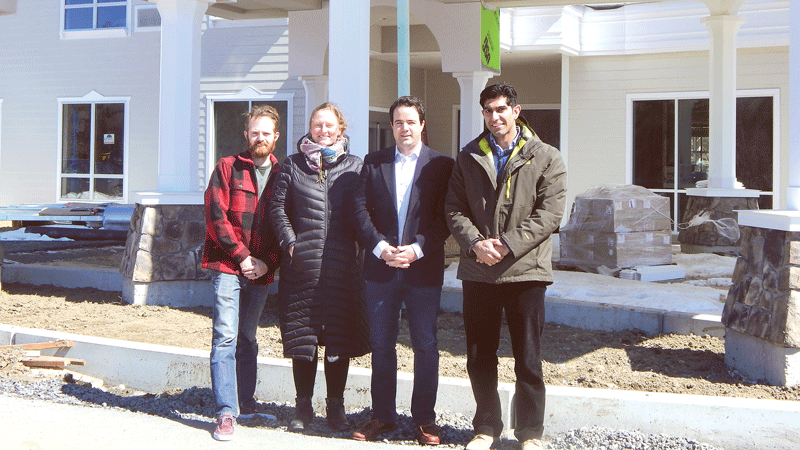

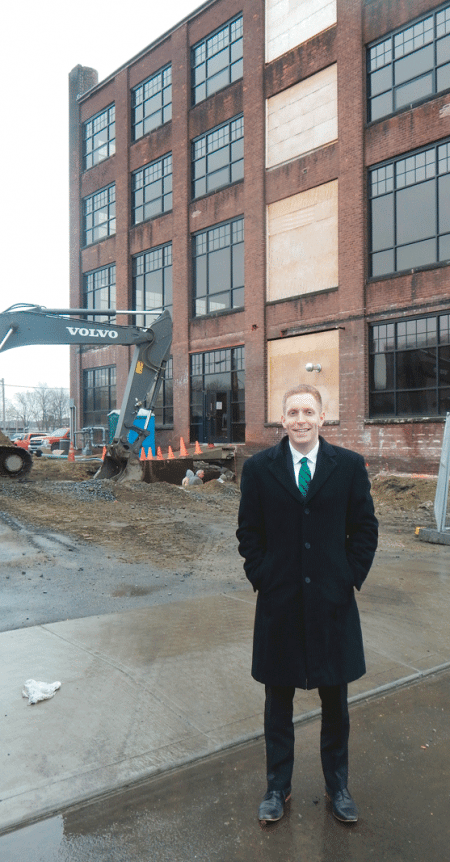

 Healthcare Heroes.
Healthcare Heroes.